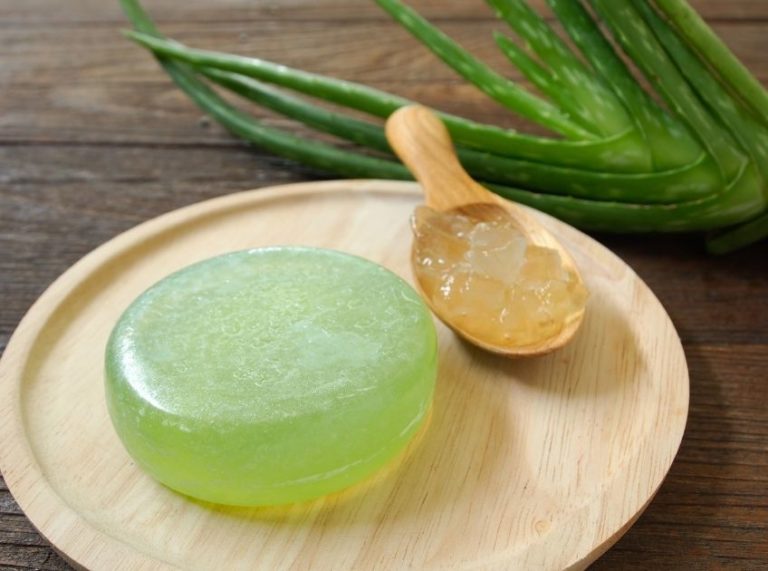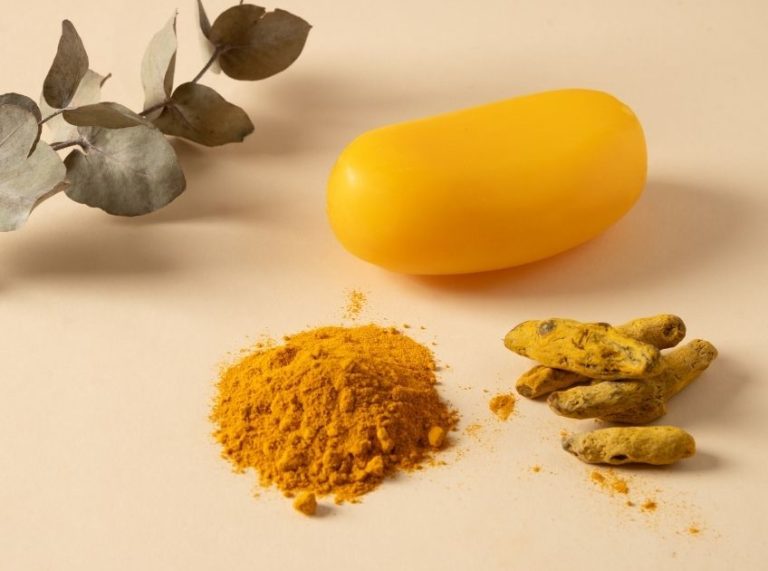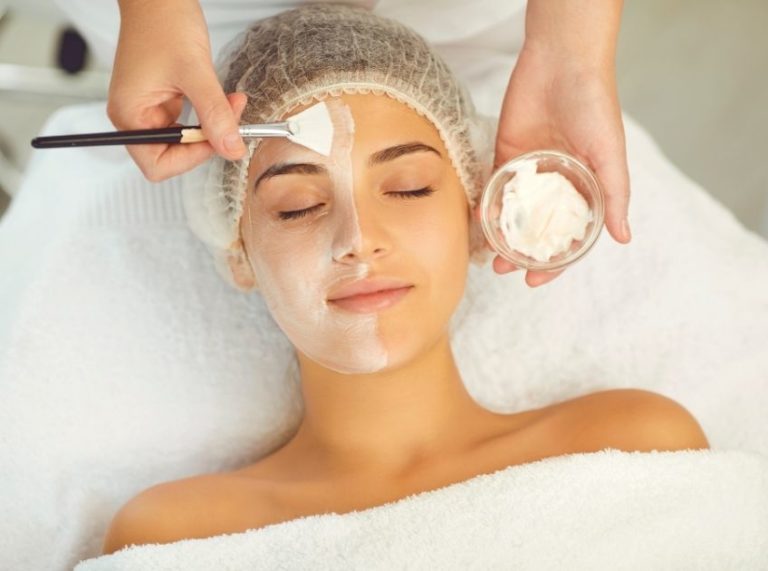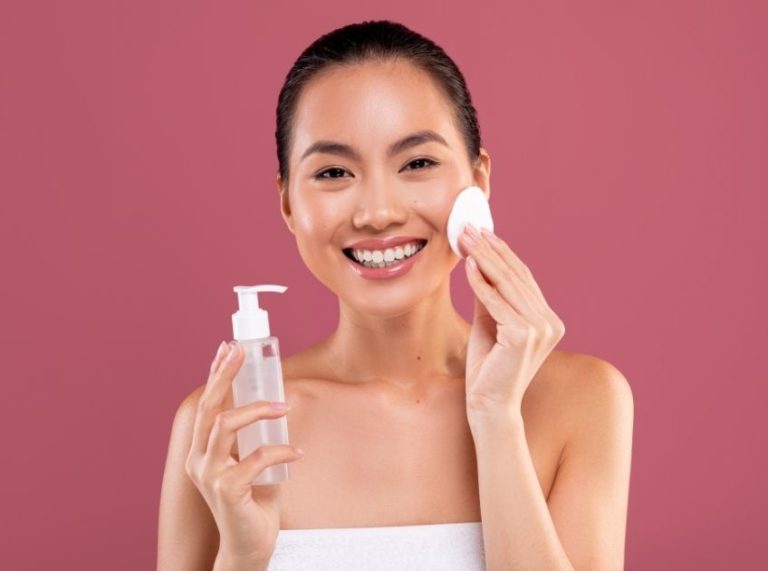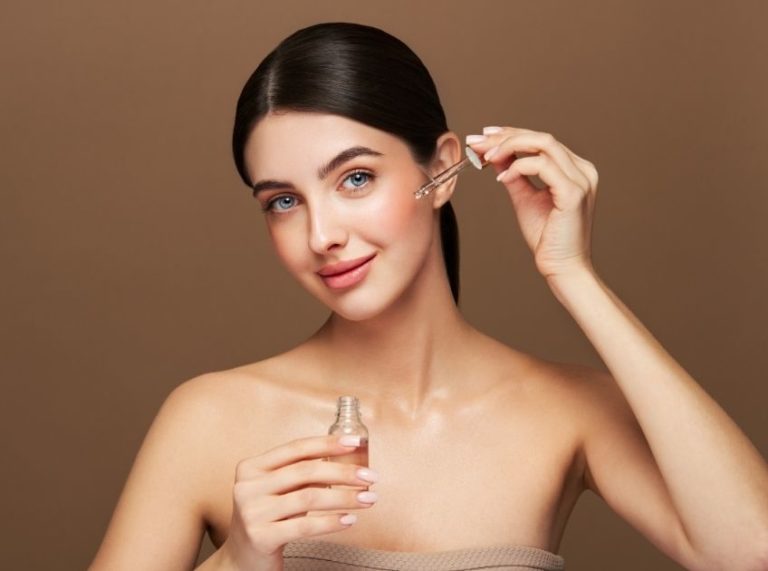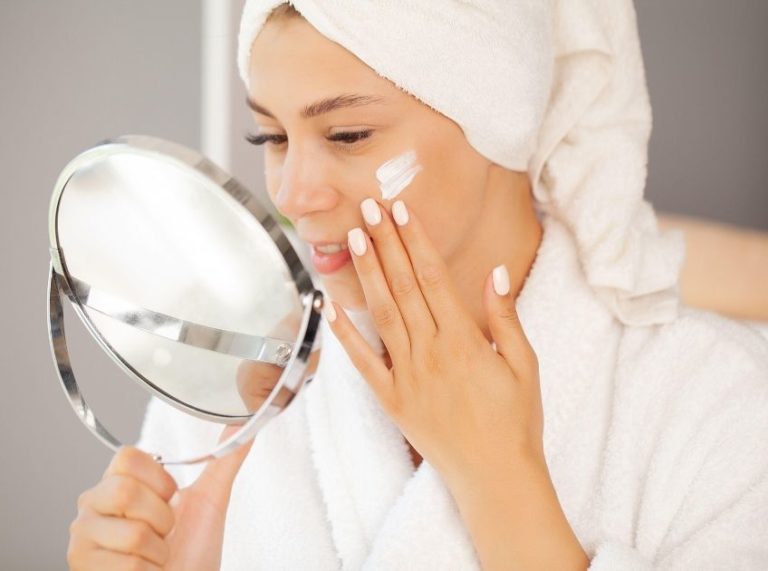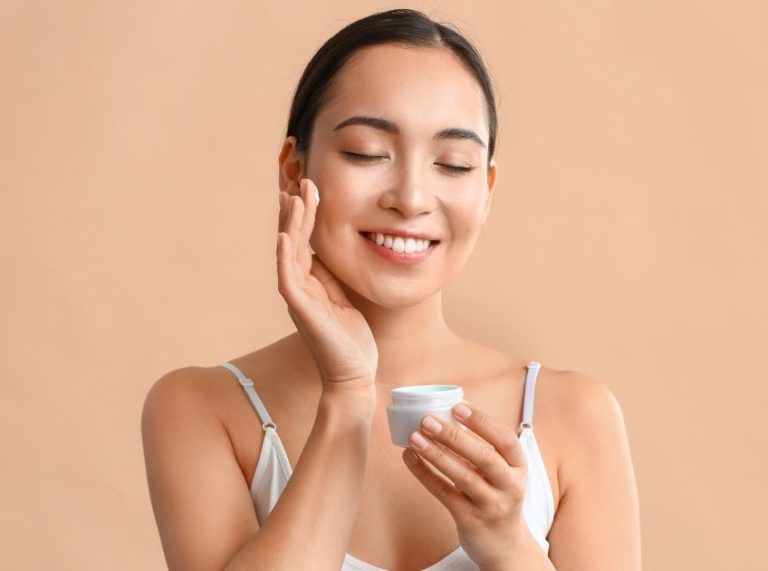
Important: This article is for informational purposes only. Please read our full disclaimer for more details.
Waking up to acne between the eyebrows is one of the most annoying conditions. Looking at those irritating bumps on the face is enough to make the entire day dull.
Acne is a common skin condition affecting people in different body parts. From the face and hands to the back and chest, people may get acne at different locations depending upon oil gland secretion. While getting acne on the cheeks and jawline makes it easy to hide, getting right between the eyebrows looks very irritating.
Understanding the science behind acne between eyebrows and what causes them is the first step towards getting a clear face. This article will delve into types, causes, preventive measures, and effective management practices to keep acne between eyebrows at bay.
Types of Acne Between Eyebrows
Getting acne between the eyebrows is one of the most common skin conditions (1) that hit, especially in puberty. However, some people may get it on and off throughout their lives.
Here are the types of acne between eyebrows that are often encountered:
- Pustules: These are the small bumps that appear on the face and are filled with pus. Usually, pustules are reddish in appearance, tender in touch, and result from oil and bacterial accumulation at certain parts of the skin, including between eyebrows.
- Papules: Papules are solid bumps on the skin with no visible pus. Usually, they are small, measuring less than 5mm in diameter, firm to touch, and appearing red or pink. Excess oil and bacteria are the two culprits behind the formation of papules.
- Cystic acne: Large, inflamed, and painful bumps that last longer than pustules and papules are cystic acne. They develop deep beneath the skin surface, causing inflammation and redness. Different factors like hormonal disbalance, bacteria, and environmental conditions can be blamed for the appearance of cystic acne.
- Whiteheads: Whiteheads are a type of acne lesions that are closed on the surface and appear white, small, and slightly raised bumps on the skin. Usually, whiteheads result in trapped sebum and dead skin cells beneath the skin’s surface.
- Blackheads: Blackheads are slightly raised and clearly visible acne lesions with an open follicle opening. They appear black due to accumulated dirt and are caused by the oxidation of melanin when exposed to air.
Irrespective of the type of acne or acne lesion one may get, it is essential to manage them properly. Ineffectively treated acne may lead to scarring that may have long-lasting effects on mental and emotional well-being. Proper management minimizes the period of acne on the face and promotes healthy skin.
What Causes Acne Between Eyebrows?
Multiple things can be blamed for breakouts between the eyebrows. Since this area falls under the T-zone, the acne-prone area, the chances of acne production are higher due to higher concentration of sebaceous glands and increased oil production.
Here are some common reasons for getting pesky bumps between the eyebrows:
- Clogged Pores: Pores in the skin may get clogged as a result of excess oil production by the sebaceous glands, oil from hair or hands, excess sweat production, or accumulation of dead skin cells.
- Oily Skin: People with oily skin (2) are most prone to acne, especially when the skin is not managed or taken care of promptly. The extra oil produced by the glands clogs hair follicles, making them inflamed and infected. As the forehead contains a lot of oil glands, the chances of getting acne between the eyebrows increase.
- Ingrown Hair: Ingrown hair results from certain hair-removing practices such as waxing or tweezing. When hair is partially removed and it grows back into the skin, it blocks the hair follicle, resulting in acne. Tweezing is the major cause behind the development of ingrown hair rather than waxing.
- Irrational Use of Cosmetics: Not every cosmetic suits every skin type. Using skin products not meant for a particular skin can result in clogged pores and elevated skin lesions. At the same time, excessive use of makeup and keeping it on the face for longer hours without proper removal also leads to acne. Using dirty makeup brushes and low-quality cosmetics (3) are the most common reasons behind bad skin conditions.
- Eyebrow Waxing: Waxing pulls the hair out of the skin, leaving the openings of hair follicles open, giving better chances for bacteria to get inside and grow. Besides, eyebrow waxing can cause ingrown hair. Both these result in acne formation.
- Diet: Certain foods can trigger acne in some people. Even though the facts are anecdotal, people experience that eating foods that are greasy, rich in oil and carbohydrates, and those that generate heat leads to acne production.
- Hormonal Changes: It is one of the most common causes of acne that hit in different stages of life. As one hits puberty, the hormonal turmoil inside the body leads to pesky bumps on the face and other body parts. Acne due to hormones is highly common among females around specific times like every month at the time of the period, during pregnancy, at the time of menopause, and while taking birth control measures. As all these times involve hormonal changes in the body, getting acne becomes unavoidable.
[Read : Why Are My Eyebrows Falling Out?]
How to Treat Acne Between Your Eyebrows
Now that we know the major reasons behind acne between eyebrows, selecting the right treatment methodology will ensure fruitful results. Different over-the-counter (OTC) remedies and at-home treatments that can reduce breakouts are listed below:
OTC Remedies
Over-the-counter remedies (4) are those that can be used without medical prescriptions. Retinoids, salicylic acid, and benzoyl peroxide are commonly used OTC remedies that show effective results for acne. These remedial measures are effective in fulfilling purposes like killing acne-causing bacteria, removing excess oil on the skin, breaking down blackheads and whiteheads, etc., and these remedies are usually safe for the skin.
Lifestyle Changes
Adopting certain lifestyle changes like cleansing the face at regular intervals, using the right makeup products and cosmetics, avoiding junk, oily, and carbohydrate-rich foods, and not touching the acne or picking it helps to keep them at bay to a certain extent. Besides, stress is one of the reasons why acne worsens. Therefore, try to stay stress-free as much as possible.
Medical Treatment
The last resort is to refer to a dermatologist when none of the OTC, home remedies or lifestyle changes work. A skin specialist may prescribe antibiotics, retinoids, corticosteroids, or other treatments or therapies to help eliminate acne-causing factors.
[Read : Why Are My Eyebrows So Light?]
How to Avoid Acne Between Your Eyebrows
People prone to acne can take certain preventive measures to avoid them. These are:
- Washing face after getting sweaty.
- Shampooing regularly, especially if the scalp is oily.
- Using non-comedogenic products for skincare.
- Avoiding products that cause skin irritation.
- Preventing ingrown hair by washing the face with warm water before waxing or tweezing the eyebrows.
- Keeping the forehead clean, especially after wearing hats or headbands.
- Removing makeup before going to bed.
Acne in between eyebrows could be gruesome; however, taking proper care of the skin and managing acne effectively could help tremendously. At the same time, the skincare routine should be followed mindfully to keep them at bay.
Related Articles
- How to Get Rid of Pimple/Acne Scabs Naturally
- How to Get Rid of Forehead Acne Naturally?
- How to Get Rid of Acne Around Mouth?
- 13 Easy Ways to Get Rid of Blind Pimple Fast
- Pimple Inside Nose: Causes, and Natural Remedies
- How to Shape Your Eyebrows Based on Face Shape
- How To Shape Eyebrows Flawlessly
- How Often Should You Get Your Eyebrows Threaded?
- Do Eyebrows Grow Back After Shaving?
- How To Tweeze Your Eyebrows Perfectly at Home?
- Can I Use Hair Dye on My Eyebrows?
- How to Get Thicker Eyebrows Naturally at Home?
- How to Train Eyebrows to Grow in the Right Direction



